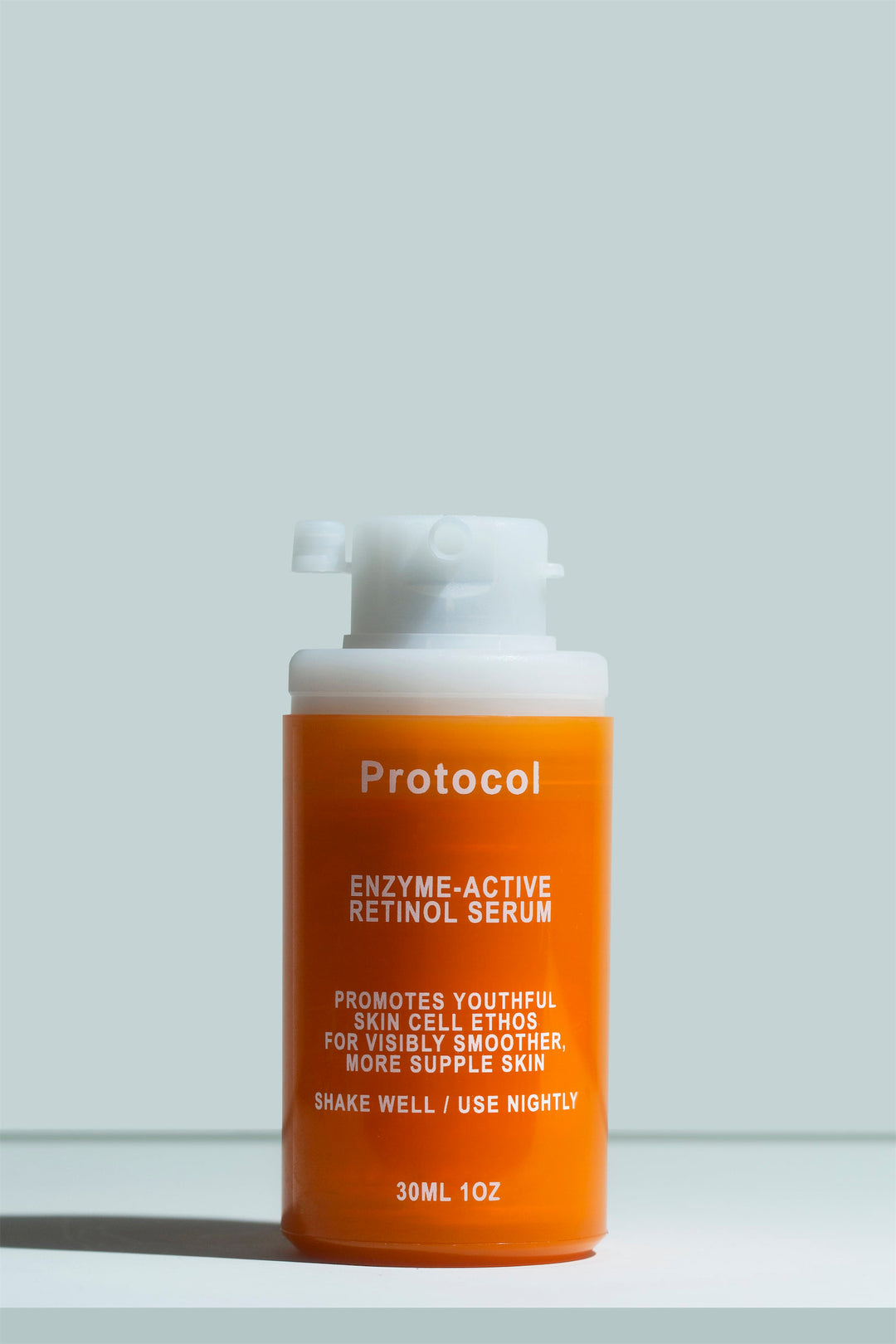How to Transition Your Skincare Routine from Spring to Summer

As the seasons change, so should your skincare routine. Warmer weather and increased humidity in summer can significantly impact your skin’s needs. Whether you have dry, oily, or combination skin, adapting your summer skincare routine is essential for maintaining healthy, glowing skin.
Why Your Skincare Routine Needs to Change in Summer
Your skin doesn’t stay the same year-round. Factors like humidity, heat, sweat, and UV exposure can affect oil production and skin sensitivity. For many, combination skin becomes oilier in the summer and drier in the winter. Rather than making drastic changes, the key is to listen to your skin and adjust your routine gradually.
Ask yourself:
-
Does my skin feel tighter or more oily?
-
Am I breaking out more often?
-
Is my skin more sensitive or shiny than usual?
If so, here’s how to tweak your summer skincare regimen step by step:
1. Cleansing: Start with a Gentle, Seasonal Approach
Best cleanser for oily skin in summer:
-
If your skin feels oilier in the morning, consider using a gentle gel cleanser to remove excess oil and sweat.
-
Otherwise, rinsing with lukewarm water may be enough to refresh your skin.
-
Avoid harsh cleansers that strip your skin barrier, as this can lead to both dehydration and increased oiliness.
-
Cleanse once or twice daily—any more than that can cause irritation or worsen breakouts.
2. Moisturizing: Hydration Without the Heaviness
Best summer moisturizers for combination and oily skin:
-
Moisturizing is still a must, even for oily or acne-prone skin. A well-hydrated skin barrier helps regulate oil and supports skin resilience.
-
Switch to a lightweight gel or lotion moisturizer in the summer months.
-
Use a light layer all over, and spot-treat dry areas (like cheeks or under-eyes) with a richer cream if needed.
-
Look for non-greasy moisturizers that seal in hydration without clogging pores.
3. Sunscreen: Your Summer Skincare Essential
Why sunscreen is critical in summer:
-
Sunscreen is your #1 anti-aging skincare product and crucial all year round—but especially in summer.
-
Increased UV exposure can worsen acne, cause hyperpigmentation, and accelerate signs of aging.
-
Choose a broad-spectrum sunscreen with at least SPF 30 (SPF 50 is even better).
-
Look for formulas that are matte, oil-free, and non-comedogenic, especially if you’re acne-prone.
-
Apply ¼ teaspoon to your face, neck, and ears every morning. If your sunscreen is moisturizing, you may be able to skip a separate daytime moisturizer.
4. Serums and Treatments: Targeted Support for Summer Skin
Best serums and active ingredients for summer:
-
Serums help address concerns like breakouts, texture, oiliness, or dark spots—which often increase in summer.
-
Consider using a Vitamin C serum in the morning for antioxidant protection and enhanced sunscreen effectiveness.
-
Retinoids and chemical exfoliants (like AHA/BHA or salicylic acid) can be especially useful at night to manage congestion and oil production.
-
Introduce active ingredients slowly (2–4 times a week to start), and always patch test new products.
-
Split potent actives between AM/PM or alternate usage to avoid irritation. Sensitive skin types can buffer actives by applying them after moisturizer.
Final Tips: How to Maintain Healthy Skin in Summer
- Stay consistent, but flexible—listen to your skin week by week.
-
Hydrate internally by drinking plenty of water.
-
Avoid touching your face frequently, and change pillowcases regularly.
-
Reapply sunscreen every 2 hours if you're outside.
By focusing on gentle cleansing, lightweight hydration, broad-spectrum sun protection, and targeted treatments, you’ll help your skin stay clear, balanced, and radiant all summer long.
Ready to update your summer routine?
Start with our Vitamin C Superserum—your skin’s daily dose of antioxidant protection.




